Hill Street Construction
/
Notice of Temporary Traffic Control Plan
HILL STREET (S. FOREST TO WASHTENAW)
June 25, 2012 to July 13, 2012
Location and Limits of Affected Area:
Hill Street between South Forest Avenue and Washtenaw Avenue.
Description of Work:
The Hill Street Resurfacing project includes the full-width repaving of Hill Street.
Temporary Construction Traffic Control Plan:
For the duration of the construction, only eastbound traffic will be permitted on Hill Street between South Forest Avenue and Washtenaw Avenue, with a signed detour in place for westbound traffic.
Beginning on June 25, 2012, S. Forest Avenue at Hill Street temporarily will be closed. Southbound S. Forest traffic will be detoured west on S. University Avenue and south on Church Street.
To maintain the safety of all, please reduce speeds and drive cautiously through work zones.
We thank you in advance for your patience as these necessary public infrastructure improvements are completed.
Project Information:
A project website will be updated weekly and can be found by going to the City’s Website at www.a2gov.org.
HILL STREET (S. FOREST TO WASHTENAW)
June 25, 2012 to July 13, 2012
Location and Limits of Affected Area:
Hill Street between South Forest Avenue and Washtenaw Avenue.
Description of Work:
The Hill Street Resurfacing project includes the full-width repaving of Hill Street.
Temporary Construction Traffic Control Plan:
For the duration of the construction, only eastbound traffic will be permitted on Hill Street between South Forest Avenue and Washtenaw Avenue, with a signed detour in place for westbound traffic.
Beginning on June 25, 2012, S. Forest Avenue at Hill Street temporarily will be closed. Southbound S. Forest traffic will be detoured west on S. University Avenue and south on Church Street.
To maintain the safety of all, please reduce speeds and drive cautiously through work zones.
We thank you in advance for your patience as these necessary public infrastructure improvements are completed.
Project Information:
A project website will be updated weekly and can be found by going to the City’s Website at www.a2gov.org.










